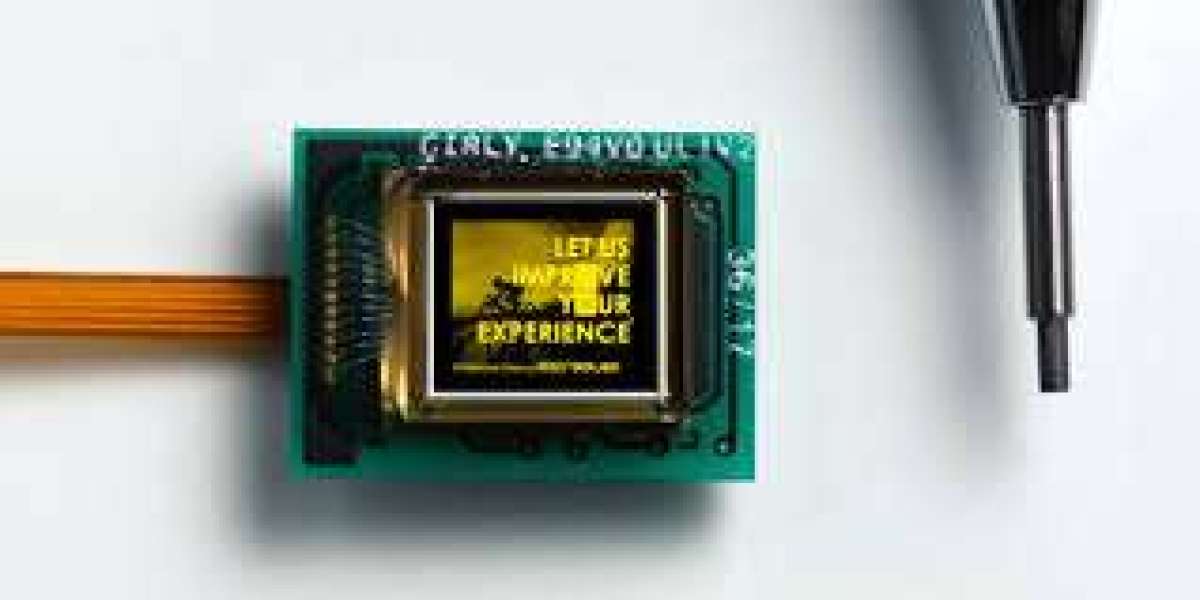If you’ve ever felt frustrated with blurry images, slow refresh rates, or bulky screens in your devices, you’re not alone. Traditional OLED panels and LCDs often struggle with clarity and compactness, especially in applications like AR/VR, head-mounted displays, and high-end optics. This is where the micro OLED display technology comes into play, offering a sharp, lightweight, and efficient solution.
In this article, we’ll explore why micro OLEDs are quickly becoming the preferred choice for industries that demand crisp visuals in small form factors.
What Is a Micro OLED Display?
A micro OLED display is a next-generation screen built directly on a silicon wafer. Unlike traditional displays, it combines OLED technology with semiconductor precision, resulting in ultra-high resolution within a tiny size. This makes it perfect for wearable devices, AR/VR headsets, digital cameras, and even military optics.
Because of its high pixel density and compact build, it delivers sharper images, deeper blacks, and superior contrast compared to standard OLEDs or LCDs.
Why Traditional Displays Are Not Enough
Conventional displays face several limitations when used in compact devices:
Low pixel density – leading to visible pixelation in close-view headsets.
Heavier structure – adding unnecessary bulk to wearables.
Higher power consumption – reducing battery life in portable devices.
Limited brightness – making them harder to use in outdoor or industrial environments.
These pain points highlight why industries are shifting to micro OLED solutions.
Benefits of Using Micro OLED Display Technology
Switching to a micro OLED display brings multiple advantages:
Ultra-high resolution – essential for clear visuals in AR and VR.
Compact size – thinner and lighter, ideal for glasses and wearables.
Energy efficiency – longer battery life compared to traditional screens.
Better brightness and contrast – perfect for both dark and bright conditions.
Durability – less prone to screen burn-in due to advanced pixel control.
Where Micro OLEDs Are Used Today
Micro OLEDs are already powering many modern technologies:
Augmented & Virtual Reality – headsets require small but extremely sharp displays.
Digital Viewfinders – professional cameras rely on them for precise framing.
Smart Glasses – lightweight optics with seamless displays.
Military & Aerospace Devices – where compact and reliable imaging is critical.
Medical Equipment – microscopes and diagnostic tools benefit from sharp imaging.
Future Outlook of Micro OLED Displays
With the growing demand for immersive experiences and portable devices, micro OLED adoption is set to rise. Tech giants are already investing heavily, making this display type a core component of future electronics. From consumer gadgets to professional equipment, micro OLED is poised to replace traditional displays in many applications.
Conclusion
If your devices still rely on bulky, low-resolution displays, you’re missing out on the future of imaging technology. The micro OLED display offers the clarity, compactness, and efficiency needed in today’s fast-moving world. Whether it’s for AR/VR, professional optics, or everyday wearables, upgrading to micro OLED means sharper visuals, lighter devices, and longer-lasting performance.







